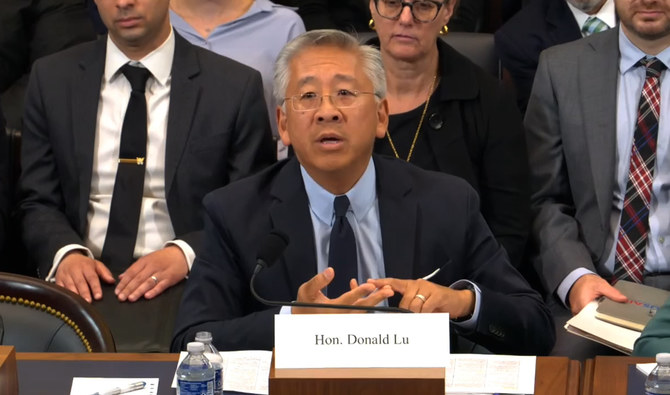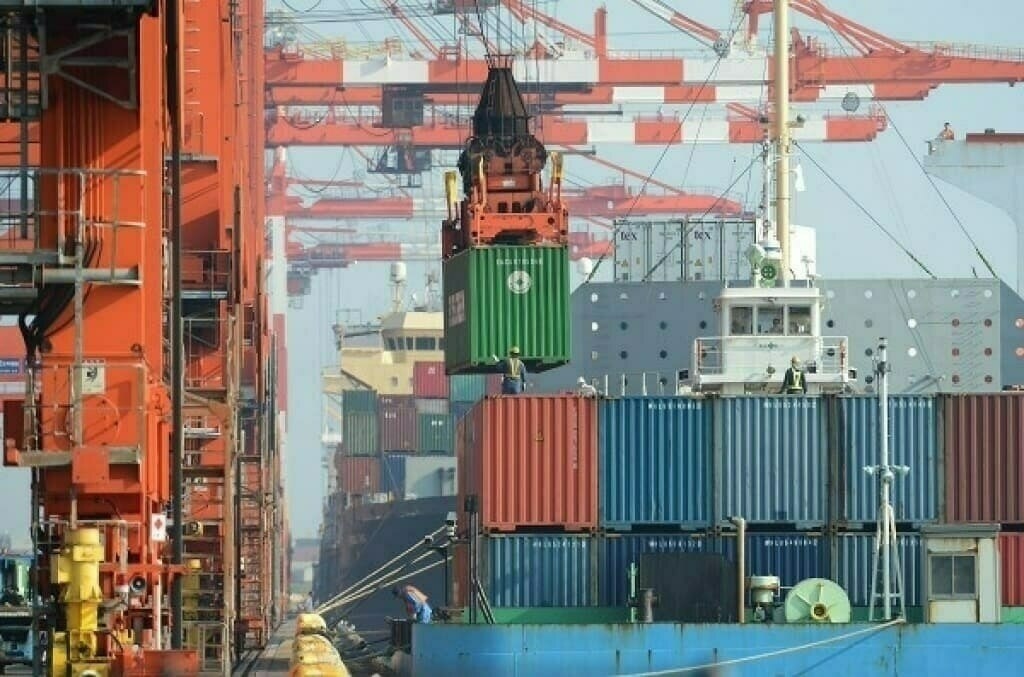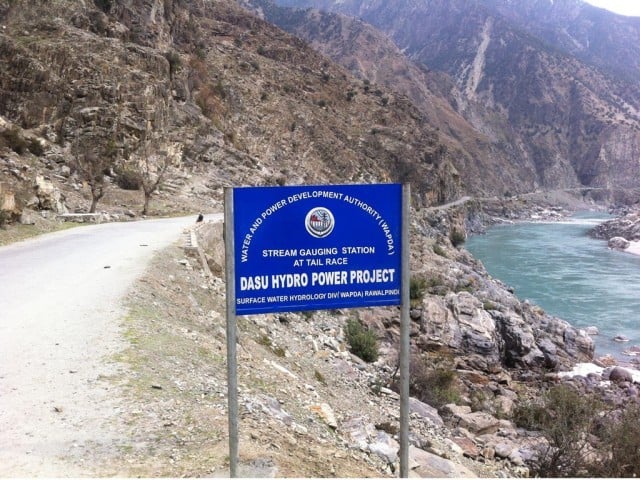The House of Representatives Foreign Affairs Committee, Assistant Secretary of State for South and Central Asian Affairs, Donald Lu, unveiled a substantial aid request for Pakistan. The Biden administration has proposed $101 million in aid for fiscal year 2025, aimed at bolstering democracy, enhancing human rights, and addressing various socio-economic challenges facing Pakistan. This proposed funding is part of a broader $1.01 billion budget allocation for South and Central Asia, reflecting a 1.9 percent decrease from the previous fiscal year.
The proposed aid package for Pakistan is designed with multiple objectives in mind. According to Lu, the funds will be allocated to several critical areas:
The aid is intended to support democratic institutions and civil society organizations in Pakistan. This initiative aims to reinforce democratic processes, promote transparency, and empower civic groups to contribute to a more robust and inclusive political environment. Addressing the threat of militancy is a central component of the aid proposal. The funds will be utilized to combat terrorism and violent extremism, enhancing Pakistan’s capacity to deal with these challenges and improve national security.
Aid will also be directed towards supporting economic reforms and effective debt management strategies. These efforts are crucial for stabilizing Pakistan’s economy, improving fiscal health, and reducing dependency on external actors. A key goal of the aid is to prevent Pakistan from becoming overly reliant on China. By providing financial support and development opportunities, the US aims to offer Pakistan alternatives to its increasing economic and strategic engagement with China.
Donald Lu, who has been at the center of controversy regarding his role in former Prime Minister Imran Khan’s political downfall, emphasized the importance of this aid proposal. While Khan’s party has accused Lu of contributing to the former administration’s exit, the US has consistently denied these allegations.
Lu’s presentation highlighted the strategic importance of Pakistan within the broader regional context. As China continues to expand its influence in South Asia, the US faces significant challenges in maintaining its presence and influence. The proposed aid is part of a broader strategy to compete with China by offering better development opportunities, commercial deals, and solutions for regional security challenges.
The aid request reflects the Biden administration’s commitment to addressing critical issues in Pakistan while navigating the constraints of a limited budget. The administration’s approach aims to balance strategic interests with the need to support key allies in the region.
The competition between the US and China in South Asia has intensified, with China seeking to secure military and commercial footholds in the Indian Ocean region. The US strategy, as articulated by Lu, is to offer a compelling alternative to China’s growing influence. This involves demonstrating the benefits of US support through enhanced development opportunities and strategic partnerships.
The proposed aid for Pakistan is a testament to the US’s ongoing efforts to strengthen its relationships in South Asia and address regional challenges. By investing in democracy, security, and economic stability, the US aims to foster a more resilient and self-reliant Pakistan, thereby reducing its reliance on China.
The aid proposal is expected to undergo scrutiny and debate within the US Congress. Lawmakers will assess the potential impacts and benefits of the proposed funding, considering both strategic and humanitarian aspects. Public and political reactions will also play a role in shaping the final decision on the aid allocation.
The budget proposal comes at a time of heightened geopolitical tension and economic uncertainty. As such, the discussions surrounding the aid request will likely involve considerations of broader regional dynamics and the evolving relationships between major global powers.




